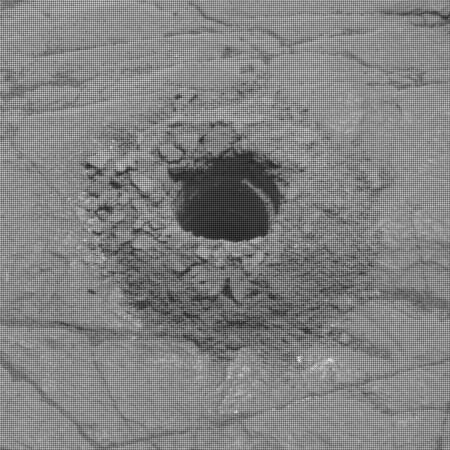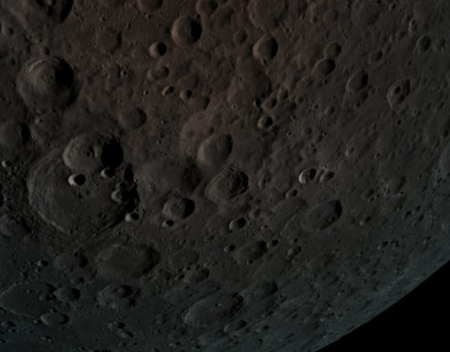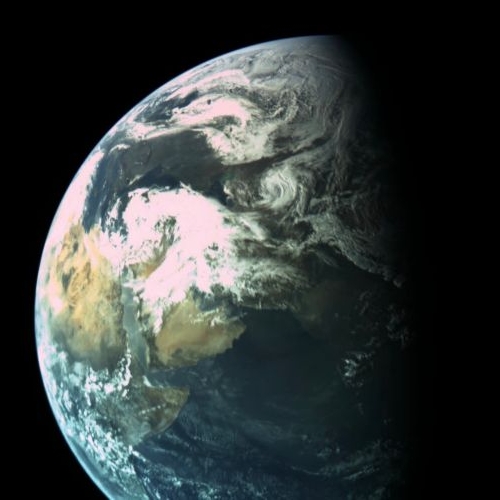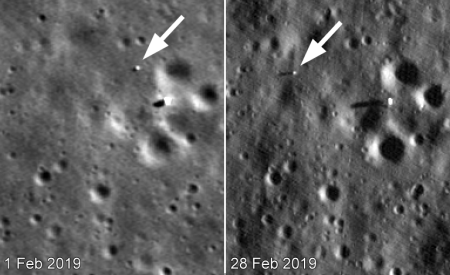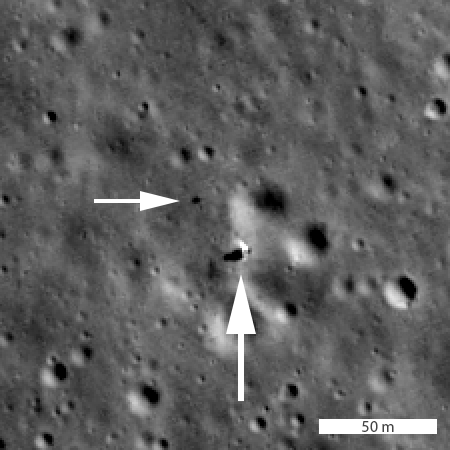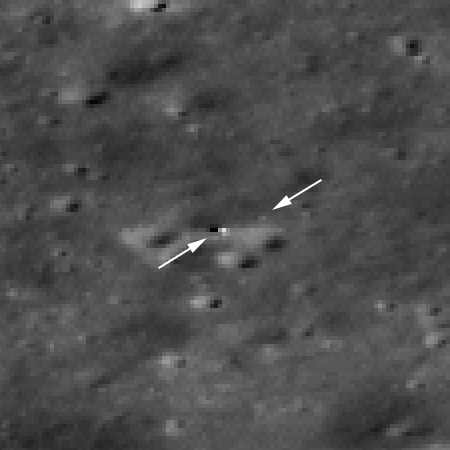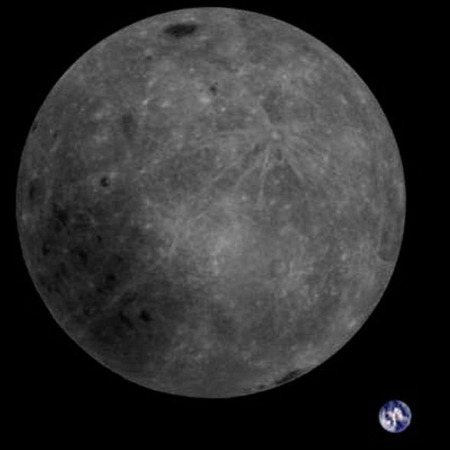SpaceIL wins $1 million from X-Prize
Despite the failure of its Beresheet lunar lander to land softly on the Moon yesterday, the private company SpaceIL has been awarded a one million dollar prize by the X-Prize for its success in getting into lunar orbit and coming as close as it did to successfully landing.
“As a testament to the team’s passion and persistence, we are presenting this one million dollar Moonshot Award to the SpaceIL team at our annual Visioneering Summit in October 2019, with the hope that they will use these funds as seed money towards their education outreach or Beresheet 2.0, a second attempt to fulfill the mission,” said XPRIZE CEO Anousheh Ansari.
The article also outlines some details about the failure. The main engine cut off during descent, and though they were able to get it restarted, the spacecraft was now too close to the surface and traveling too fast to slow it down. They are now assessing their data to figure out why the engine cut off as it did.
Despite the failure of its Beresheet lunar lander to land softly on the Moon yesterday, the private company SpaceIL has been awarded a one million dollar prize by the X-Prize for its success in getting into lunar orbit and coming as close as it did to successfully landing.
“As a testament to the team’s passion and persistence, we are presenting this one million dollar Moonshot Award to the SpaceIL team at our annual Visioneering Summit in October 2019, with the hope that they will use these funds as seed money towards their education outreach or Beresheet 2.0, a second attempt to fulfill the mission,” said XPRIZE CEO Anousheh Ansari.
The article also outlines some details about the failure. The main engine cut off during descent, and though they were able to get it restarted, the spacecraft was now too close to the surface and traveling too fast to slow it down. They are now assessing their data to figure out why the engine cut off as it did.

